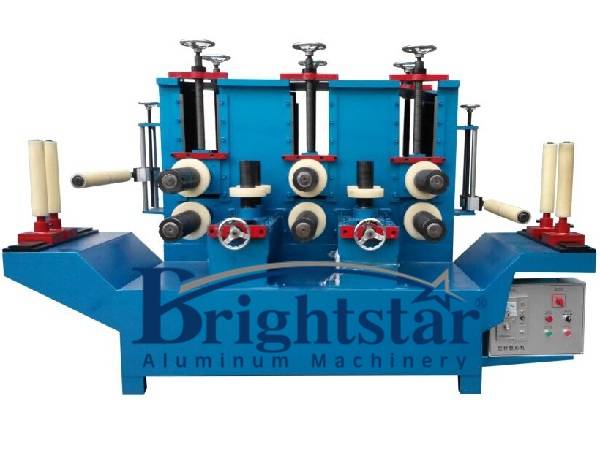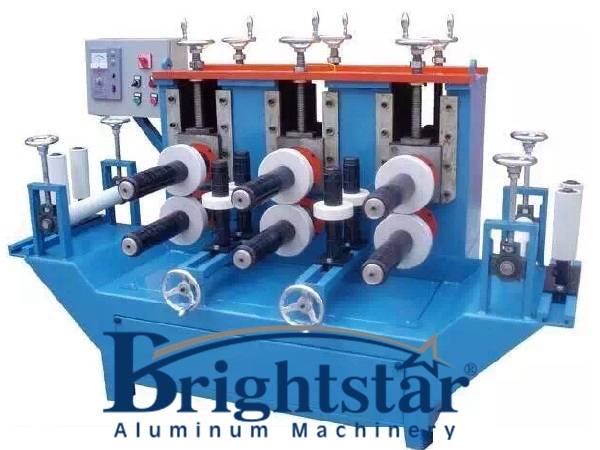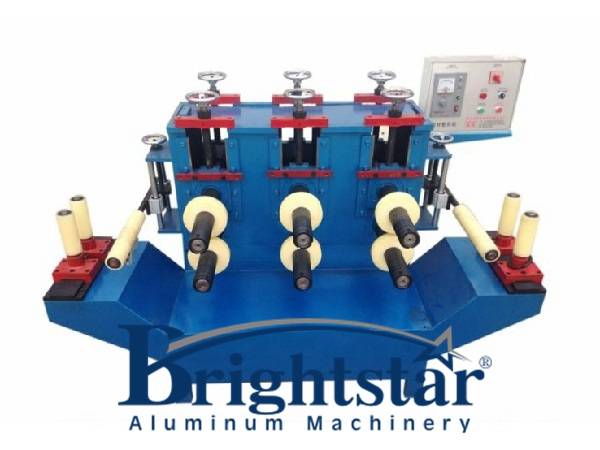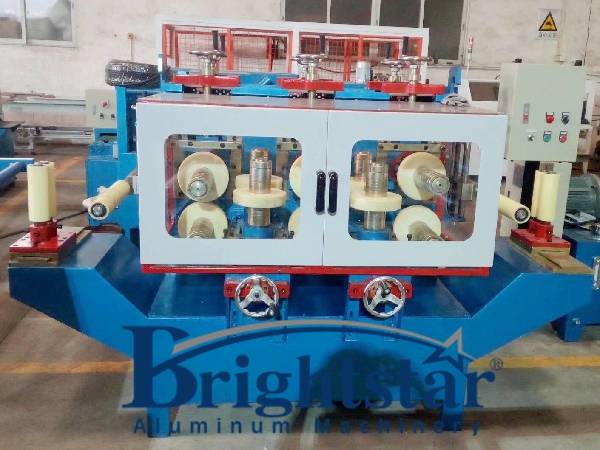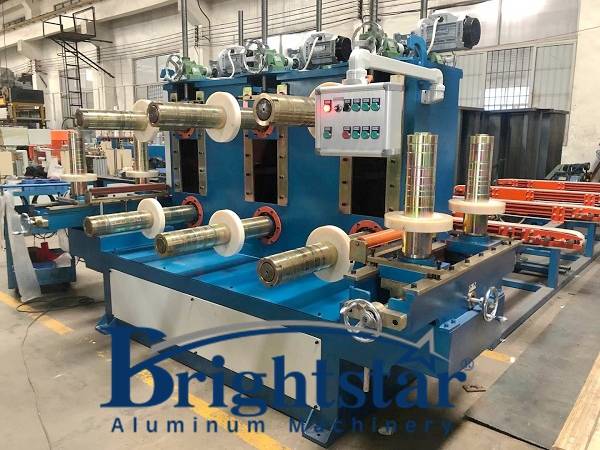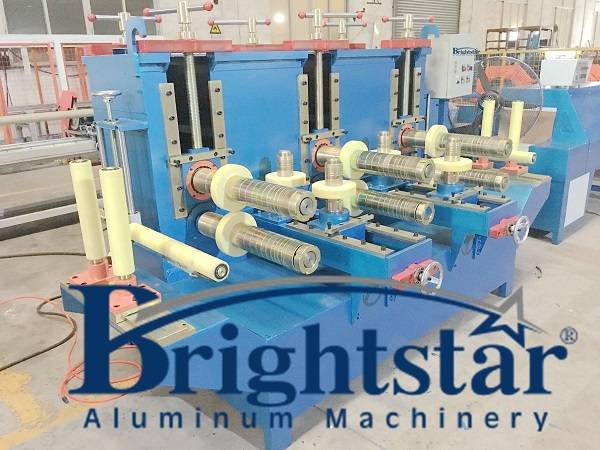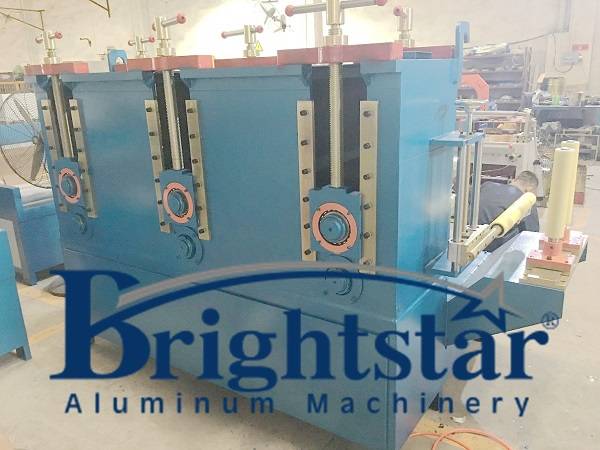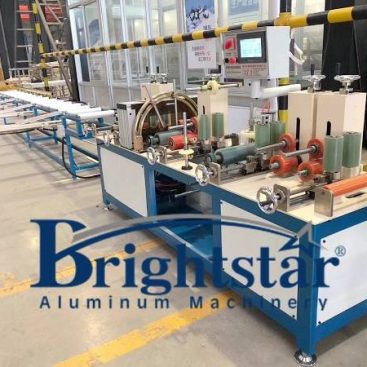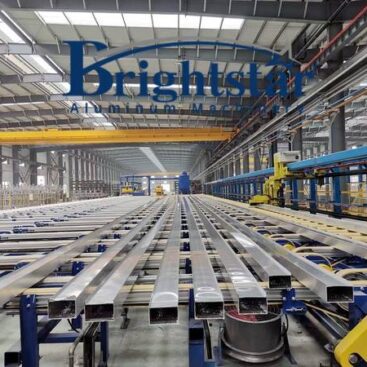Et Correction de dimension et de tolérance
Et
Avec le développement de l'industrie de l'aluminium, de plus en plus de profilés en aluminium complexes avec des pièces de précision et des dimensions et tolérances critiques sont nécessaires dans la production d'extrusion pour les nouvelles applications.
De nos jours, Le marché des profilés en aluminium a des exigences de plus en plus élevées pour la précision dimensionnelle de l'extrusion d'aluminium, et il est difficile de maintenir la dimension critique et la tolérance dans la production d'extrusion d'aluminium pour répondre aux exigences du marché.
Lorsque les extrusions d'aluminium présentent des défauts tels que l'angle, platitude, ouverture expansion, fermeture, et cintrage longitudinal après redressage, traitement à froid, Le rapport d'extrusion λ du profilé en aluminium et de la billette en aluminium dans la première extrusion est supérieur à, la méthode de correction au rouleau peut être utilisée pour la correction de forme.
cisaillement et alimentation des billettes d'aluminium vers la machine d'extrusion d'aluminium, l'extrudeuse d'aluminium doit mettre en place un machine de correction de forme de profil en aluminium to correct aluminum extrusion dimension and tolerance to meet the market’s precision requirements.
Aluminum extrusion dimension and tolerance correcting refers to the process of adjusting the dimensions and tolerances of extruded aluminum profiles to meet specified requirements.
This process involves various techniques and tools to ensure that extruded profiles conform to desired dimensions, tolerances, and quality standards.
Voici les fonctionnalités, avantages, and benefits of aluminum extrusion dimension and tolerance correcting:
Fonctionnalités:
Precision Machining: Dimension and tolerance correcting may involve machining processes such as cutting, milling, forage, and grinding to achieve the desired dimensions and tolerances on extruded aluminum profiles. These machining operations are performed with precision to ensure accuracy and consistency.
Measurement and Inspection: Dimension and tolerance correcting includes measurement and inspection procedures to verify the dimensions, tolerances, and quality of extruded profiles. This may involve the use of tools such as calipers, micrometers, gauges, and optical measurement systems to ensure compliance with specifications.
Tooling and Fixturing: Specialized tooling and fixturing may be used during the dimension and tolerance correcting process to hold, support, and manipulate extruded profiles accurately. This helps ensure consistent results and minimizes the risk of errors or defects.
Avantages:
Quality Assurance: Dimension and tolerance correcting helps ensure that extruded aluminum profiles meet specified quality standards and requirements. By verifying dimensions and tolerances, manufacturers can prevent deviations that could compromise the performance or functionality of the profiles.
Personnalisation: Dimension and tolerance correcting allow for customization of extruded profiles to meet specific design, engineering, and application requirements. This flexibility enables manufacturers to produce profiles with precise dimensions and tolerances tailored to customer needs.
Économies de coûts: Correcting dimensions and tolerances during the extrusion process helps minimize material waste, rework, and scrap. By achieving accurate dimensions and tolerances early in the production process, manufacturers can reduce the need for additional machining or finishing operations, resulting in cost savings.
Efficacité: Dimension and tolerance correcting streamlines the production process by identifying and addressing dimensional issues promptly. This helps minimize downtime, delays, and disruptions in production, leading to increased efficiency and productivity.
Avantages:
Improved Product Performance: Extruded profiles with accurate dimensions and tolerances perform better in their intended applications. Dimension and tolerance correcting ensures that profiles fit together properly, function as intended, and meet performance expectations.
Enhanced Customer Satisfaction: Dimension and tolerance correcting helps manufacturers deliver high-quality extruded profiles that meet or exceed customer expectations. Consistently meeting dimensional requirements and tolerances enhances customer satisfaction and builds trust and loyalty.
Compliance with Standards: Dimension and tolerance correcting ensure that extruded aluminum profiles comply with industry standards, regulations, and specifications. This is particularly important in industries with stringent quality and performance requirements, such as aerospace, automobile, et construction.
Dans l'ensemble, aluminum extrusion dimension and tolerance correcting are essential processes for ensuring the quality, precision, and performance of extruded aluminum profiles.
By achieving accurate dimensions and tolerances, manufacturers can produce profiles that meet customer needs, industry standards, and regulatory requirements, leading to improved product quality, customer satisfaction, and business success.


